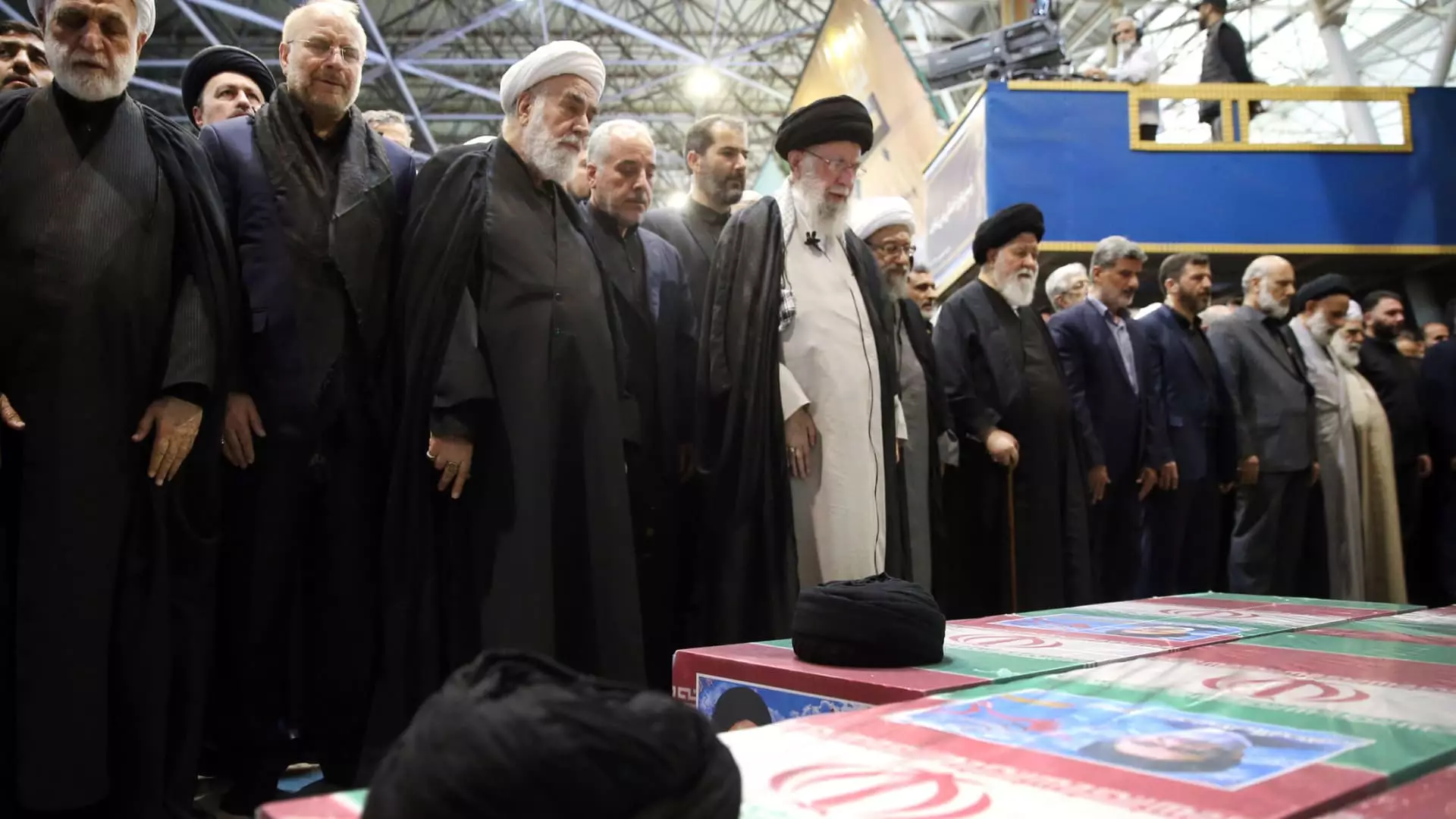Iran is set to hold snap elections on June 28 in the wake of the tragic death of former Iranian President Ibrahim Raisi. However, analysts are skeptical about the upcoming vote, citing a lack of freedom and the unlikelihood of any significant changes in the country. The election is taking place amidst challenges such as a struggling economy, widespread dissatisfaction among the populace, and the suppression of dissent. Iran is also grappling with issues such as high inflation, severe Western sanctions, escalating tensions with the U.S., increased Iranian nuclear enrichment, and the recent conflict between Israel and Hamas.
The conservative Guardian Council in Iran has given its approval to a list of six candidates who will be running for the presidency. Most of these candidates are hardliners with strong anti-Western stances, while only one candidate represents the reformist camp. Notably, all women who had put themselves forward as candidates were disqualified by the Council. According to Behnam ben Taleblu, a senior fellow at the Foundation for Defense of Democracies, only a few candidates managed to pass the Guardian Council’s vetting process, with the majority being hardliners. Taleblu also pointed out that Iran’s supreme leader Ayatollah Khamenei wields significant power in the election process and is more focused on maintaining continuity rather than facilitating change.
Some observers had hoped that the upcoming election could serve as an opportunity for Iran to address its issues, rebuild relations with the public, and improve its image. However, with the announcement of the approved candidates, these hopes seemed to have been dashed. The election still appears to be dominated by hardliners, with little room for genuine reform or progress. The track record of the departing President Raisi, who cracked down on dissent and faced discontent from the public, further underscores the challenges facing Iran’s political landscape.
Low voter turnout is anticipated once again, as many Iranians express their frustration with a system they perceive as unfair and incapable of addressing their economic concerns. Calls for an “active boycott” of the election highlight the growing dissatisfaction among various segments of the Iranian society. Despite previous attempts to blame U.S.-led sanctions for Iran’s difficulties, the public’s disillusionment with the political elite remains a significant factor contributing to the anticipated low turnout.
While the Iranian leadership continues to emphasize the importance of voter turnout, there appears to be a recognition that the gap between public expectations and the government’s actions is widening. The system’s inability to bridge the divide on social issues, economic challenges, and political freedoms indicates a shift in priorities away from traditional electoral legitimacy toward maintaining control through other means. The curated candidate list suggests a predetermined outcome, favoring conservative candidates and diminishing the prospects for a truly competitive election.
As Iran prepares for its snap elections, the country finds itself at a crossroads, with deep-seated challenges threatening to undermine the legitimacy of the political process. The upcoming vote may further deepen the divide between the government and the populace, highlighting the need for transparency, inclusivity, and meaningful reforms to address the grievances of the Iranian people. Whether the election will bring about any substantial changes or merely reinforce the status quo remains to be seen, but the outcome will undoubtedly have far-reaching implications for Iran’s future political trajectory.

Leave a Reply